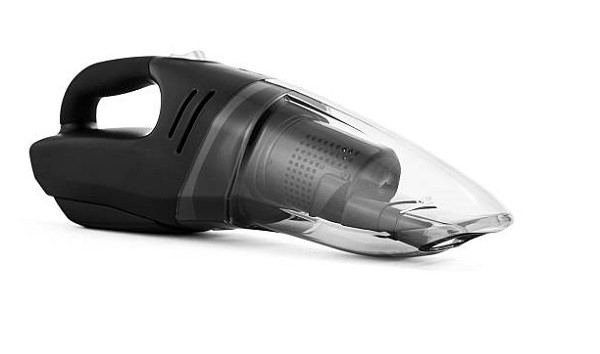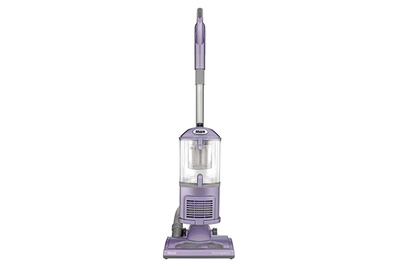
The canister body is pretty compact, enabling you to store it in small closets without too much effort. It feels decently well-built for the most part and has a simple design that's easy to maintain. The Airsign is partially made from recycled materials, which is great if you're looking for a more environmentally-conscious vacuum. That said, the Miele in its most basic trim doesn't come bundled with a HEPA filter. While the floorhead does have bristles that you can retract for cleaning rugs, you still might want to consider an alternative like the Miele Classic C1 PowerLine Pure Suction, a more expensive variant that comes with a turbo brush and an electrobrush for vacuuming dense carpeting. Performance on bare surfaces is superb, and the vacuum does a good job tackling solid types of debris on carpeted floors, even with a basic straight suction floorhead. It uses biodegradable dirtbags with a built-in seal cover to prevent any dust or debris from being released when taking them out too. This bagged canister vacuum has an onboard HEPA filter with charcoal filtration, helping to seal in fine allergens and minimize odor.

The best mid-range vacuum for allergies we've tested is the Airsign HEPA Vacuum. That said, it has a shorter range than the SEBO, uses much smaller dirtbags, and its filters don't last as long, resulting in higher recurring costs.

The Miele is also an excellent choice if you suffer from allergies, as it has an allergen-sealed construction, uses the manufacturer's proprietary AirClean 3D dirtbags, and can be bundled with a HEPA filter, all of which contribute to its ability to filter out 99.9% of common allergens. That said, this vacuum has a somewhat stiff hose and is a little on the heavier side, making it a little more of a hassle to maneuver around in very tight areas compared to alternatives like the Miele Complete C3 Alize PowerLine. Its operating range of over 50 feet also means you can easily clean far-away areas. Its filters are also very long-lasting, so you should only need to buy a new set after 10 to 20 dirtbag replacements. Recurring costs are very low for a bagged model because it uses dirtbags with a large capacity, and the manufacturer expects that you should only need to put in a new one after six to 12 months. Its sealed canister body feels very well-built and is remarkably easy to maintain. This high-end canister vacuum delivers superb performance on most surfaces and features an S-Class filtration system made up of a three-layer dirtbag, a pre-motor filter, and a micro-fiber exhaust filter advertised to trap 99.9% of particles 0.3 microns in diameter, including most allergens like dust or pollen. The SEBO Airbelt D4 is the best vacuum for allergies we've tested. For more buying recommendations, look at our lists of the best cordless vacuums for pet hair, the best robot vacuums for pet hair, and the best vacuums for carpets.

These recommendations are based not only on their cleaning performance on different types of surfaces and the inclusion of a HEPA filter but also on their design and price. We've tested more than 120 vacuum cleaners, and below are our recommendations for the best vacuum cleaners for allergies. While those aren't the only criteria for this list, they are the most important in determining whether or not a vacuum will be effective in reducing the spread of allergens. Overall cleaning performance is important, especially when trying to pick up debris like pet hair or dust.

A dirtbag can also be a handy addition since it reduces the chances of having dust escape when emptying the appliance. A HEPA filter is a good starting point, as it can help trap allergens as you clean. A vacuum that can contain the spread of dust and debris can be invaluable if you suffer from allergies.


 0 kommentar(er)
0 kommentar(er)
